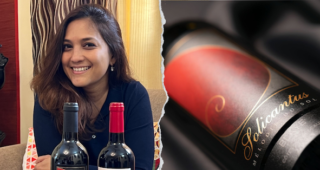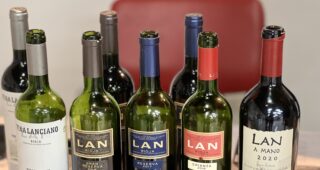Ask a wine connoisseur about the oldest recorded wine classification of the world and in all likelihood the answer would be “the 1855 Classification of Bordeaux”. But like any other aspect of life, much can lie beneath the surface, and this age-old wisdom dawned on me yet again as I received information about a charitable wine auction happening from an even older classification that dates back to the eighteenth century.
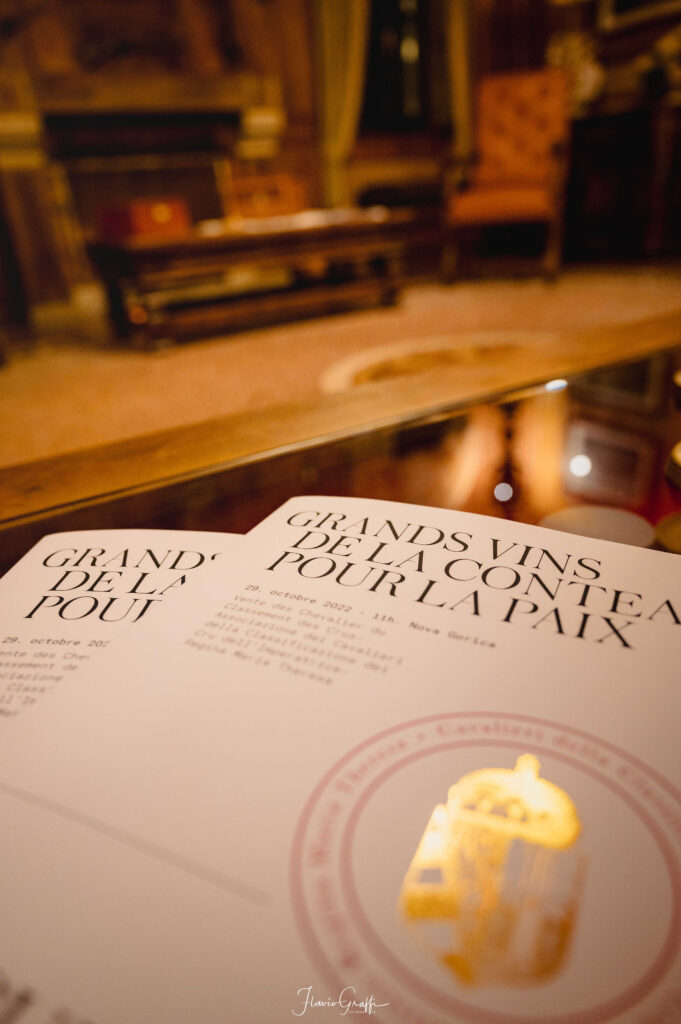
Cru Classification of Maria Theresa of Austria
The classification in question called the “Cru Classification of Maria Theresa of Austria” also known as the “Gorizia and Gardisca Classification“, was ordered in 1787 by Empress Maria Theresa for the purpose of identifying quality wines on the sole criteria of “goodness”, from a demarcated region that now straddles Italy and Slovenia. Specifically, the wine producers covered in this classification were from the present-day Italian zones of Collio, Colli Orientali, and Aquileia, and from the Slovenian zones of Brda and Vipava.
Who was Empress Maria Theresa?
Among the most important rulers in history, Maria Theresa (May 1717 – Nov 1780) was a ruler of the Habsburg dominions. Her widespread reign included the following titles:
- Arch Duchess of Austria.
- Apostolic Queen of Hungary.
- Queen of Bohemia, Croatia, and Slavonia.
- Duchess of Parma and Piacenza
- Duchess of Milan and Mantua.
- Grand Duchess consort of Tuscany.
- Empress consort of the Holy Roman Empire (as wife of Francis I of Lorraine).
- Cofounder of the House of Habsburg-Lorraine along with Francis I of Lorraine.
Empress Maria Theresa was mother to Emperors Joseph II and Leopold II, as well as to Marie Antoinette, Queen of France, as also Mary Caroline, Queen of Naples and Sicily.
The Cru Classification of Maria Theresa of Austria was brought to light by Stefano Cosma, an Italian historian and prominent wine figure from Friuli Venezia Giulia (FVG), whom I had met a few years back at a wine fair in Buttrio (a town in FVG) and have remained in-touch-with, ever since.
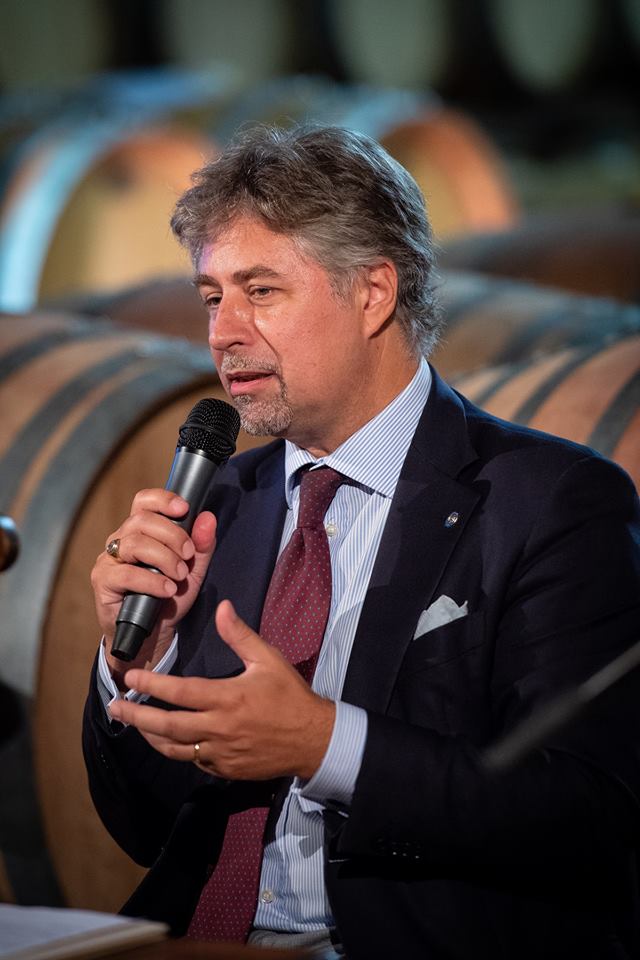
The Knight’s Association and the Annual Charitable Wine Auction
The discovery of the Gorizia and Gardisca Classification by Cosma led to the formation of something called the “Association of the Knights of the Cru Classification of Empress Maria Theresa” (or simply Knight’s Association) that conducts an annual auction of wines donated by the producers from within the ancient county. The proceeds of these auctions go towards the benefit of the historic Monastery of Castagnevizza/ Kostanjevica situated in Nova Gorica, Slovenia.
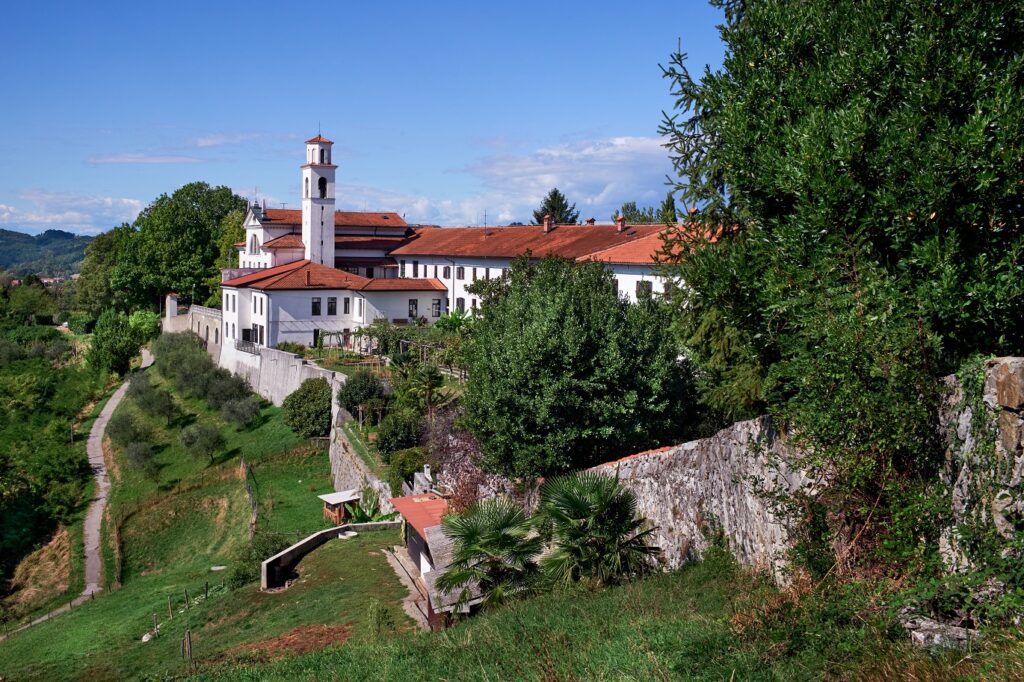
The Knight’s Association was founded by Charles-Louis de Noüe, representative of one of the most important wine families of Burgundy (Domaine Leflaive), and Alis Marinič from the historic family of wine producers in the Slovenian Collio Marinič. Both Noüe and Marinič are also the co-owners of Domaine Vicomte de Noeü-Marinič in Nova Gorica, Slovenia.
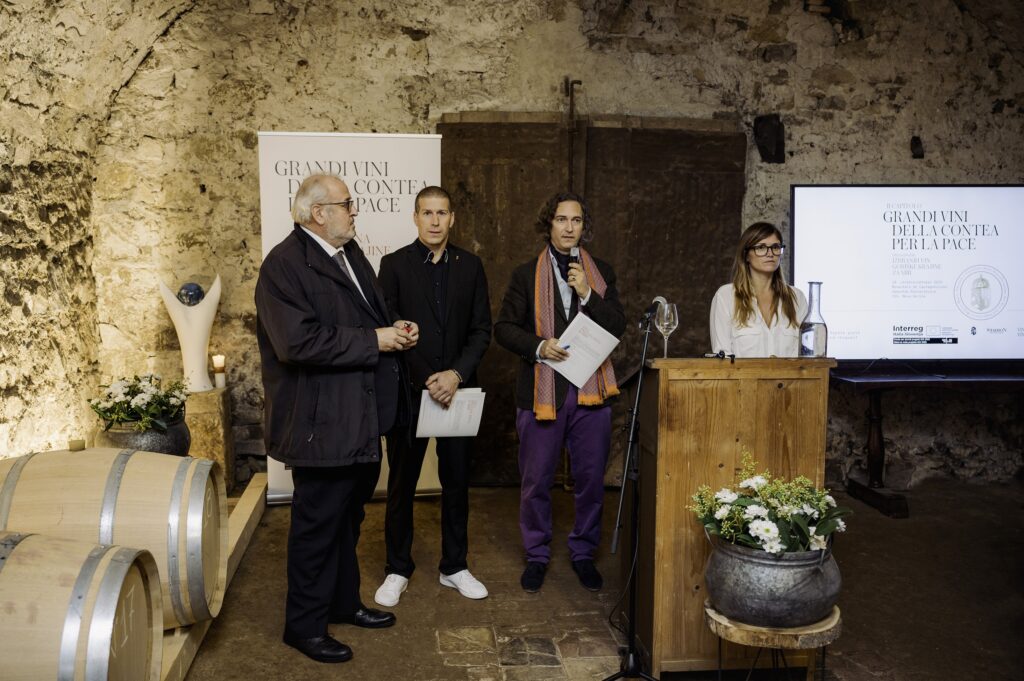
Alongside Nova Gorica, Gorizia has a strong link with France, whose last King Charles X, (younger brother of King Louis XVI who was guillotined in the French Revolution with his wife Marie Antoinette), chose the city for his exile, asking to be buried in the seventeenth-century Franciscan Monastery of Castagnevizza/ Kostanjevica. Thus he became the only monarch from France whose tomb is located outside the country. In the chapel of the monastery, Charles the X and the Count of Chambord are buried with other members of the French royal family.
The Second Auction of the “Great Wines of the County for Peace” for the benefit of the Monastery of Castagnevizza
Having conducted its maiden auction for the benefit of the Monastery of Castagnevizza in 2022, the Knight’s Association recently concluded its second auction in Oct 2023 at the Monastery of Castagnevizza. The event was attended by wine lovers, collectors, importers, and journalists from Japan, Spain, France, Slovenia, and Italy. For the second time since Maria-Theresa, attendees could taste and discover all the Crus from the old classification by the best winemakers of Collio, Brda, Isonzo, Vipava, Aquileia, and Carso. The event was presided over by Fra Niko Žvokelj, Superior Father of the Monastery, and Riccardo Illy, Honorary Consul of France. Ms. Nataša Pirc, the President of the Slovenian Republic graced the occasion with her presence.

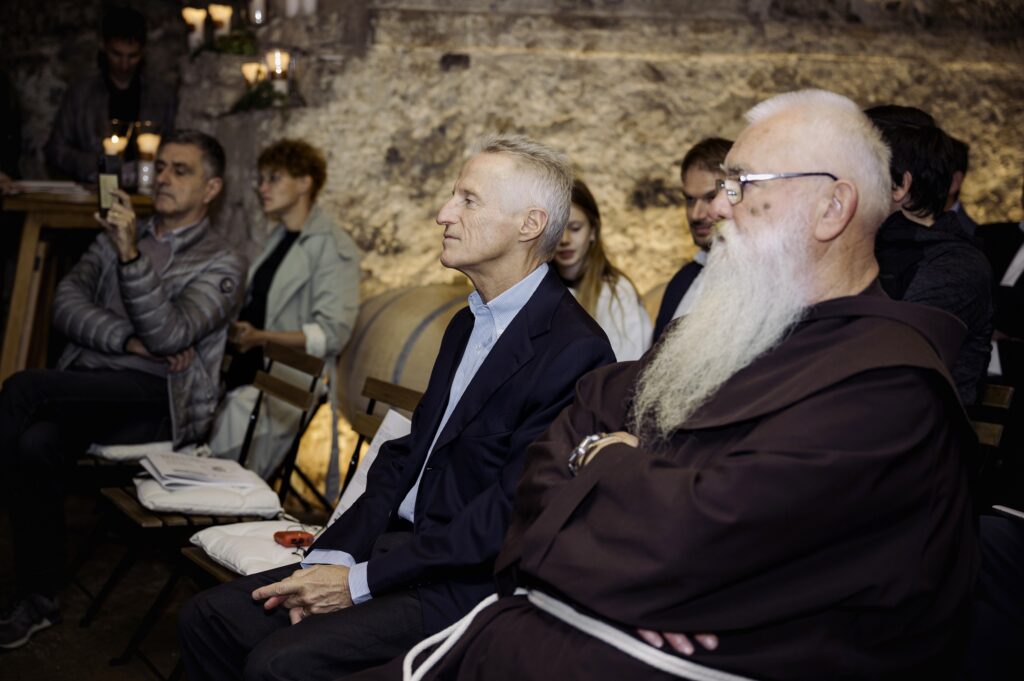
For the second auction, the wine estates gave a barrel equivalent each of 300 bottles each of their qualifying wines, the acceptance criteria for which were:
- The Cru must be made from grapes belonging to the County Classification published by the Caesarea Regia Superiore Commission for the regulation of contributions, following the design of the Empress Queen Maria Theresa of Austria.
- The Cru should be produced from a single variety (100%) and from a single barrel. Only the best local varieties should be selected e.g. Chardonnay, Ribolla Gialla, Friulano-Jakot, Malvasia d’Istria for the white and Pinot noir, Refosco, Merlot for the red.
- It should be a wine from a vineyard cultivated with traditional methods, without chemicals that are harmful to the environment, in organic and biodynamic methods. Further, the yield should be limited to a maximum of 60 hl/Ha.
- The Cru must have been aged for 12 months in barrels and 6 months in vats.
- The Cru must come from a single plot belonging to one of the villages in the Maria Theresa’s Crus Classification.
- The donating producer should provide a barrel of his Cru that would be bottled in 300 Burgundy bottles.
- The name of the Cru should be written on the label of the wine with the Italian name of the village following the original Empress-Queen Maria Theresa’s Cru Classification, for example- X, San Floriano I Cru or X, San Martino I Cru (and not the numbering convention of the current times, in order to be faithful to the Classification of the Crus of the Empress Queen Maria Theresa).



Collections from the Wine Auctions for the Monastery of Castagnevizza
While the first auction in 2022 of the “Great Wines of the County for Peace” had mopped up € 62,400, the second auction in Oct 2023, brought in a further € 60,300. Both these proceeds will go towards the restoration of the Monastery Chapel’s frescoes damaged by an earthquake.
A certain case of wine and nobility going hand-in-hand.




